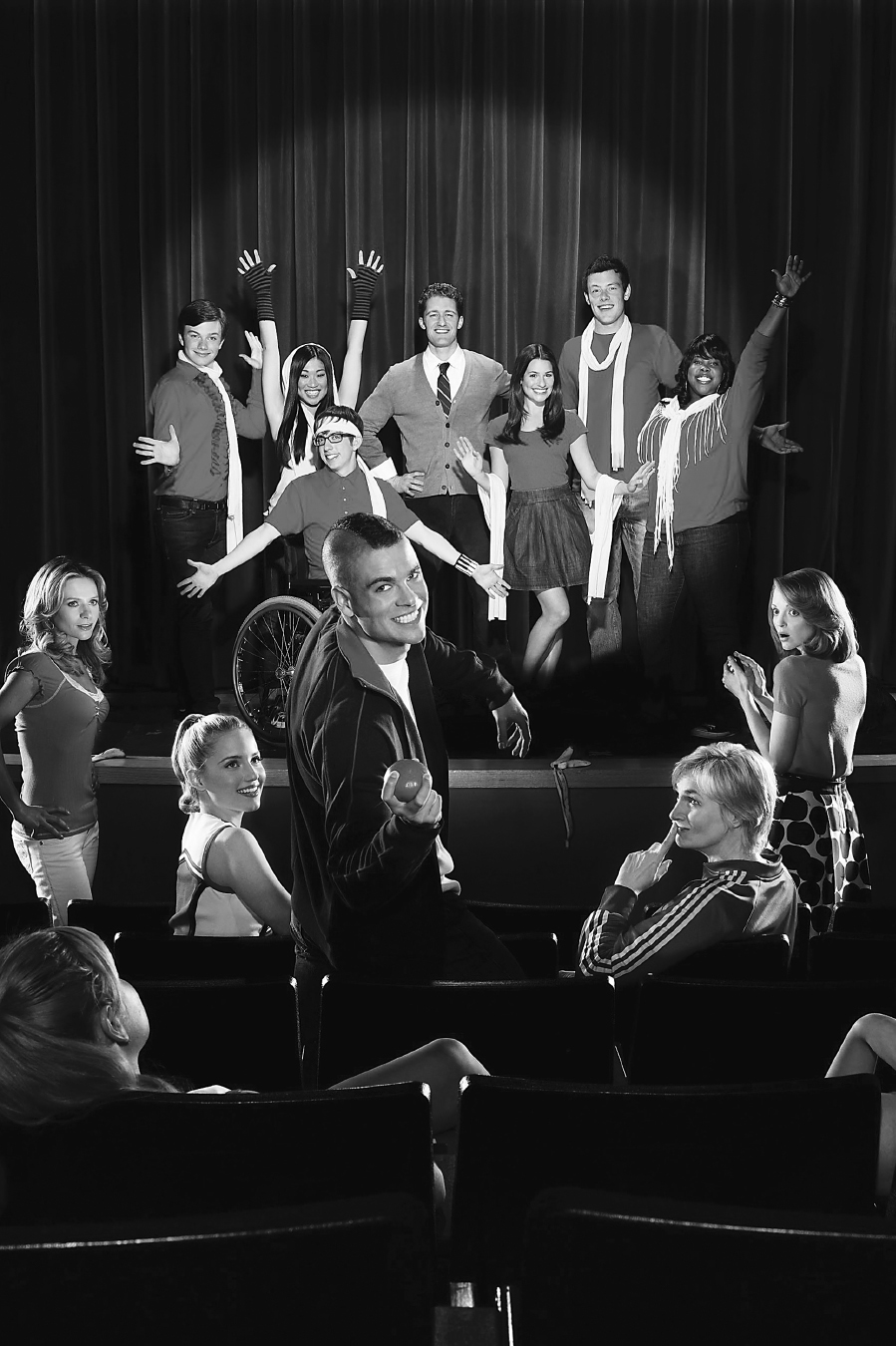3 Communication and Culture
3 Communication and Culture
Page 50

IN CHAPTER 3
Understanding Culture
Communication and Cultural Variations
Understanding Group Affiliations
Intercultural Communication Challenges
Improving Intercultural Communication
 Look for LearningCurve throughout the chapter to help you review.
Look for LearningCurve throughout the chapter to help you review.
bedfordstmartins.com/commandyou
If you were trying to imagine a group that clearly reflects the diversity of the United States, it might look a bit like the cast of Glee. And in case you don’t catch the differences in race, ethnicity, religion, sexual preference, or physical abilities represented by the fictional William McKinley High School show choir, the politically incorrect cheerleading coach, Sue Sylvester, will be happy to point them out to you.
Glee debuted in May 2009 to rave reviews and an immediate audience following. It is at once a scathing satire of high school life and a joyful celebration of music. It is also a charming—and often troubling—exploration of intercultural and co-cultural communication and relationships. The diverse characters conform to stereotypes in many ways—Finn represents the not-so-intelligent jock; Rachel, the ambitious diva. But the show also deals with real communication issues and challenges in almost every episode, including bullying and teen pregnancy, as well as the way differences in religious beliefs, personal lifestyles, and social status affect group bonding.
There’s no doubt that individuals from different co-cultures respond well to seeing people like them represented on television. But Glee is not a sweet take on multiculturalism: Sue Sylvester doesn’t merely point out the differences between team members—she openly mocks them. Her mean-spiritedness not only provides the show with zinging laughs and a definable “bad guy” but also acknowledges the real struggles with which teens from just about every co-culture must deal.
While Sue Sylvester considers glee club members the lowest form of high school life, Jane Lynch (the actress who plays her) has a clear sense of why the show’s celebration of outcasts and misfits has struck such a chord. “No matter who you are or how different you are from the ‘norm,’ you’re going to get supported in this glee club,” says Lynch (McLean, 2011).
CHAPTER OUTCOMES
After you have finished reading this chapter, you will be able to
Define and explain culture and its impact on your communication.
Delineate seven ways that cultural variables affect communication.
Describe the communicative power of group affiliations.
Explain key barriers to competent intercultural communication.
Demonstrate skills and behaviors that contribute to intercultural competence.
As episodes of Glee demonstrate, communication among individuals of different races, sexes, religions, and so on can be messy—but it can also be exciting, challenging, enlightening, and enjoyable. To be part of any team, or to be a good neighbor and an informed citizen, you need to understand this essential communication process. Whether you’re looking to learn how to better communicate with your older relatives, understand the way your roommate’s faith plays out in her communication, or contemplate current national debates surrounding issues like immigration and religious tolerance, this chapter aims to help you better understand cultural differences and similarities to increase your competence in intercultural encounters. We begin with an overview of culture. Then we explore cultural variations and group affiliations as well as the challenges and opportunities that intercultural communication offers.